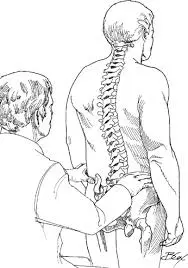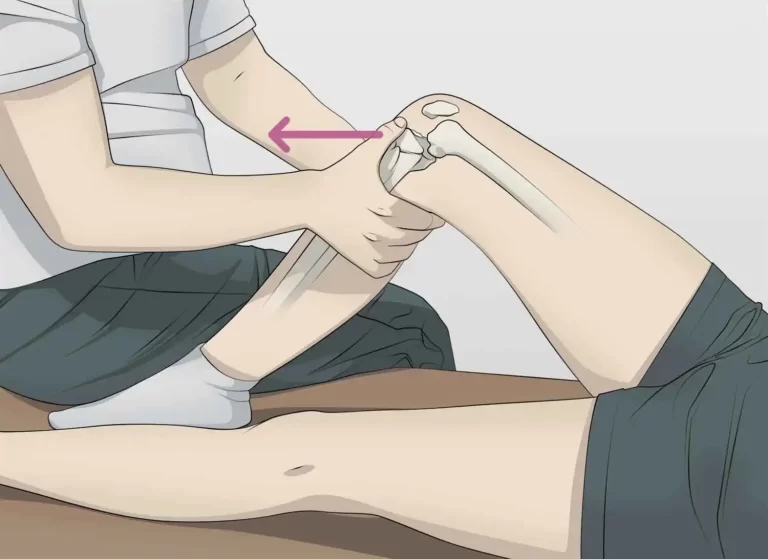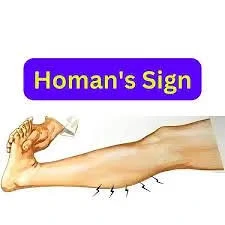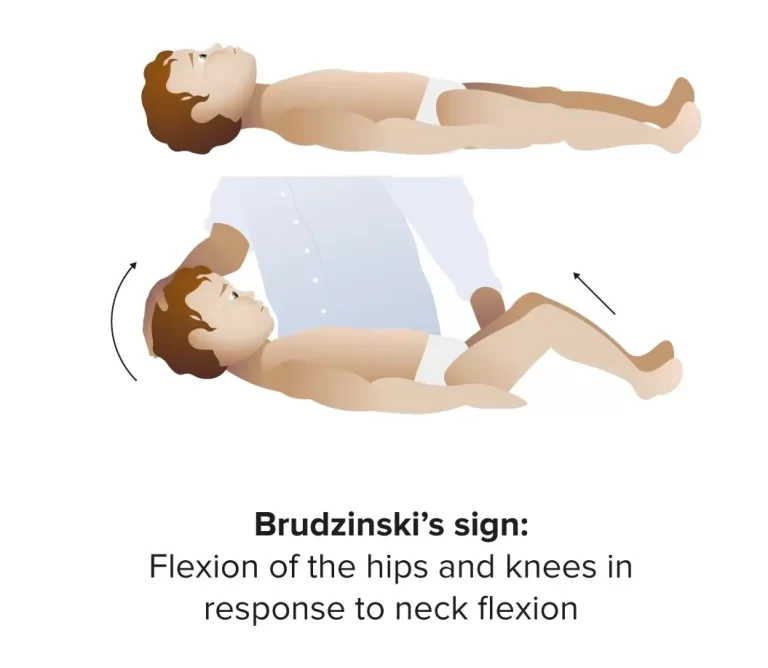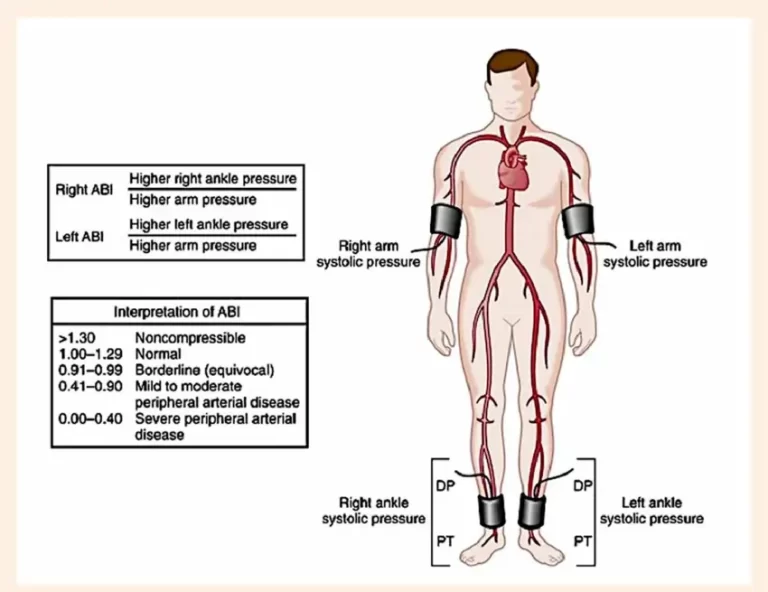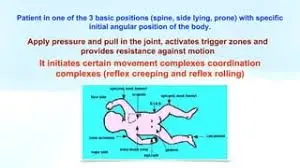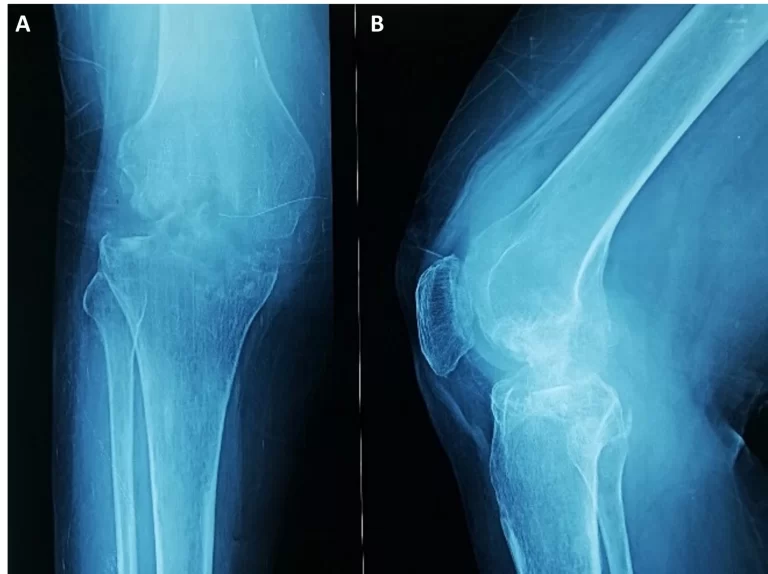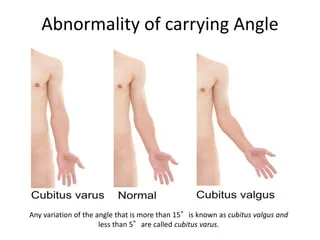Spine Examination
What is a Spine Examination? A spine examination is a systematic assessment of the spinal column, including the cervical, thoracic, lumbar, sacral, and coccygeal regions. It involves evaluating posture, alignment, range of motion, and identifying any deformities or asymmetries. The examination typically includes inspection, palpation, assessment of movement, and neurological testing to assess motor, sensory,…

